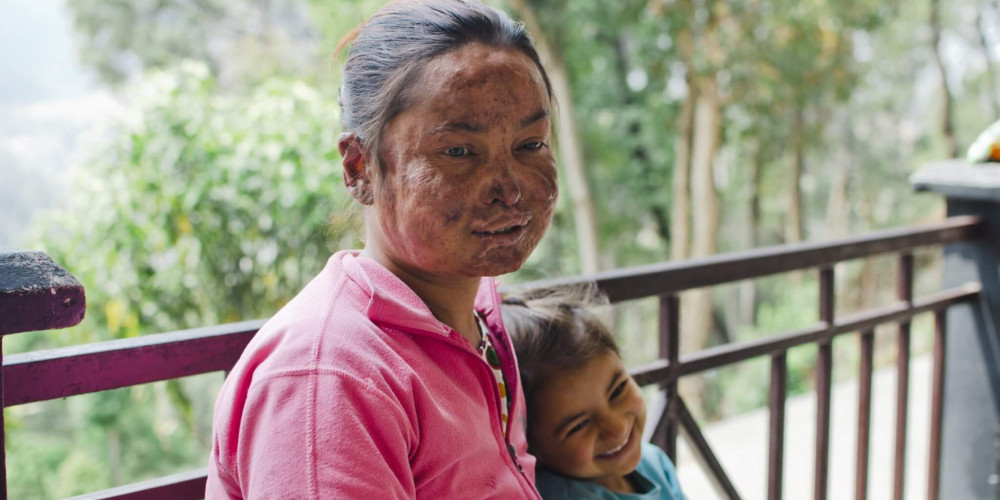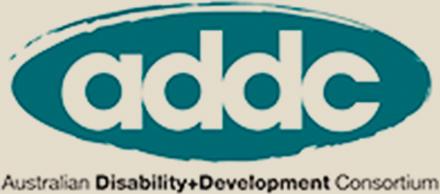KIT Blog
Thank you for praying for people like Bharthi while they tackle the worst leprosy has to offer.
By Tim Burton-Jones
Senior Officer, Communication
The Leprosy Mission International
You are providing her with God’s love as she battles the worsening symptoms of leprosy reaction.
Your prayers provide her with the comfort she needs. Thank you for your compassionate heart.
Suffering high fever and pain, Bharti returned to Anandaban hospital for further treatment. A widow for 3 years now, 28-year-old Bharti has had to leave her two young children with her in-laws.
Bharthi took her Multi-Drug Therapy tablets (the cure for leprosy) for one year. But, for two years before her diagnosis she was losing the feeling in her hands and feet. She developed skin nodules on her face and body. She dislikes going out and mainly stays at home. She is afraid of how people will treat her because of the marks on her face. She has seen people with leprosy badly treated before.
Your kindness in upholding in prayer those that the world rejects is such a blessing. Thank you.
As you may know, if spotted and treated early, leprosy is curable. It need not have serious consequences for the patient. But, if not treated early, the number of bacteria can build up in the body.
It can build up so high that even after antibiotics; bacterial residues can remain for years. These residues extend the risks of inflammatory episodes, called leprosy reactions. This is a common cause of nerve damage and the development of disability. It can cause foot drop, clawed hands or a collapsed nose. Worse still, it can lead to the loss of toes and fingers, eye damage, and pressure ulcers.
Please continue to pray for people affected by leprosy reaction. Pray for healing and peace for their body, mind and spirit.
I recently asked The Leprosy Mission’s Senior Research Advisor, Dr Deanna Hagge about the current situation on leprosy reaction. Dr Deanna told me,
“It’s horrible, just horrible. It’s the worst kind of reaction that a leprosy patient can experience. When sitting in my office in Anandaban, I have heard men sobbing in pain because their skin is so inflamed that even taking a blood sample is agony. I know of a man who spent two years in extreme pain going from doctor to doctor before he arrived at Anandaban.” (Where he then received proper diagnosis and treatment).
Leprosy reactions occur in up to 30-50 percent of all leprosy patients at some point before, during or after antibiotic treatment. Reactions are an unpredictable, sudden shift in the immune system’s response to leprosy. White blood cells in the body suddenly change in how they respond to leprosy bacteria. If there are not many leprosy bacteria in the body, often Type 1 reactions develop.
Type 2 Reactions, or ENL, develop in cases with the highest levels of leprosy bacterial load; which means white blood cells have not restricted bacterial growth much or at all for many years. When ENL develops, the whole body develops symptoms. Patients have a fever and incredibly inflamed skin lesions all over their body. They can experience severe pain in their skin, bones, muscles, eyes and/or testicles. Due to this variety of symptoms, they often experience delays in diagnosis because health providers are not familiar with leprosy and suspect other diseases.
Approximately three quarters of leprosy reaction patients develop chronic symptoms and require more than 6 months of treatment and half of ENL cases require up to 18 months of treatment to stop having their first reaction. One Anandaban patient’s ENL episode lasted 7 years. Half develop multiple ENL episodes. Most are in and out of hospital for years,
with an average of 3 years of total drug treatment.
“There’s lots of problems we need to address with regards to ENL but two big problems are: one, finding a treatment that works and doesn’t cause serious side effects; and two, how we can stop ENL from devastating people’s lives.”
Long-term use of corticosteroids in treating leprosy reactions can lead to serious side effects such as blindness, diabetes, joint and bone problems and even death. In a study in Ethiopia of 99 ENL patients, eight patients aged between 19 and 45, died. Please pray we find better treatments for reaction so that patients won’t die from complications of leprosy.
Even for patients who survive, this long-term treatment is causing enormous problems. It takes half of patients up to 18 months to get over their first ENL reaction. Imagine being away from your home, your family, your work for that length of time. That kind of interruption is devastating in a person’s life. A London School of Tropical Medicine and Hygiene study in partnership with The Leprosy Mission suggests that an ENL reaction is likely to cost a patient’s household around 40 percent of their income. Not only do these patients have to sit in hospital, experiencing a prolonged and incredibly painful illness, they have to do so while knowing that their family is being buried under catastrophic economic failure.
Please pray we find better treatments for ENL so that we can stop patients, and households and generations from being thrust even deeper into extreme poverty.
Thank you for your faithful prayers and support.













